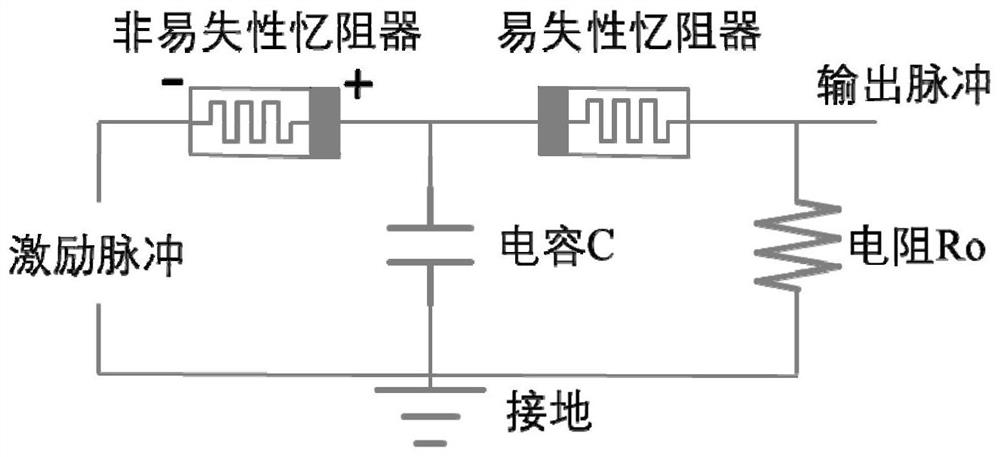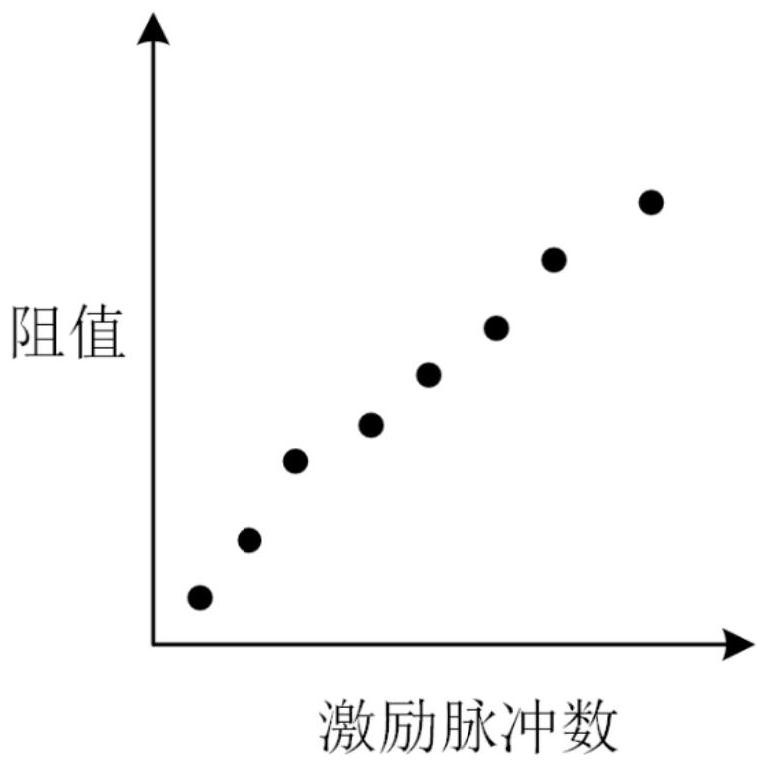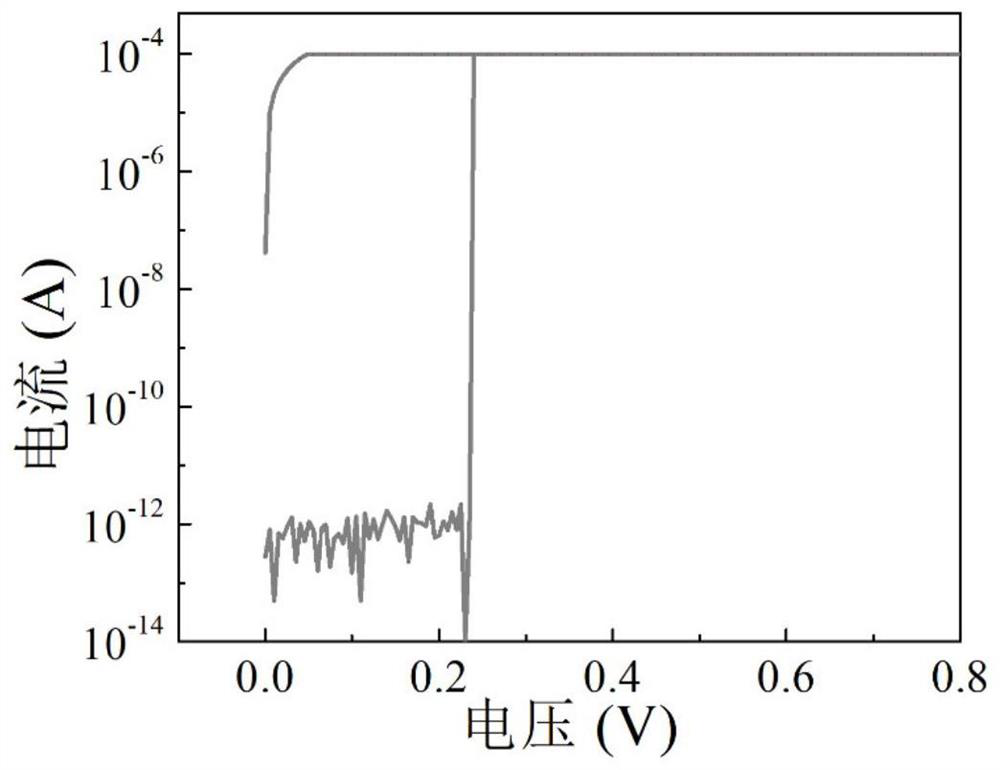Self-adaptive neuron circuit based on memristor
A memristor and neuron technology, applied in the field of brain-like bionics, can solve problems such as the inability to simulate the constant stimulation ability of neurons
- Summary
- Abstract
- Description
- Claims
- Application Information
AI Technical Summary
Problems solved by technology
Method used
Image
Examples
Embodiment Construction
[0024] In order to make the object, technical solution and advantages of the present invention clearer, the present invention will be further described in detail below in conjunction with the accompanying drawings and embodiments. It should be understood that the specific embodiments described here are only used to explain the present invention, not to limit the present invention.
[0025] figure 1 An adaptive neuron circuit based on a memristor is provided for an embodiment of the present invention. Such as figure 1 As shown, the neuron circuit includes excitation input, capacitor C, resistor R O , nonvolatile memristor and volatile memristor. in:
[0026] The excitation input, nonvolatile memristor, and capacitor C form the charging loop. The upper end of the excitation input is connected to the left end of the nonvolatile memristor, the upper end of the capacitor C is connected to the right end of the nonvolatile memristor, and the lower end of the excitation input is ...
PUM
| Property | Measurement | Unit |
|---|---|---|
| Capacitance | aaaaa | aaaaa |
Abstract
Description
Claims
Application Information
 Login to View More
Login to View More - R&D
- Intellectual Property
- Life Sciences
- Materials
- Tech Scout
- Unparalleled Data Quality
- Higher Quality Content
- 60% Fewer Hallucinations
Browse by: Latest US Patents, China's latest patents, Technical Efficacy Thesaurus, Application Domain, Technology Topic, Popular Technical Reports.
© 2025 PatSnap. All rights reserved.Legal|Privacy policy|Modern Slavery Act Transparency Statement|Sitemap|About US| Contact US: help@patsnap.com



